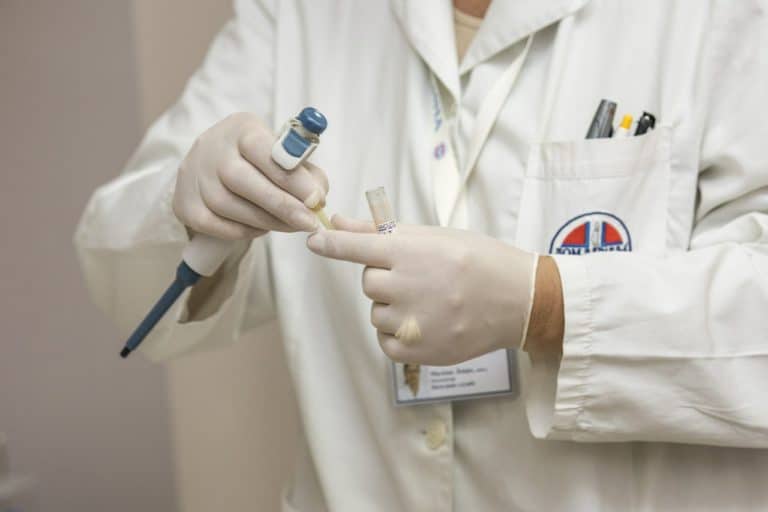New treatments for advanced prostate cancer provide more choices for prostate cancer patients than ever before. Advances in medical science are always leading to new treatments for advanced prostate cancer. This is important since, according to the American Cancer Society, 1 in 6 men will be diagnosed with prostate cancer in their lifetime and 1 in 36 will die from it. This year along, there will be 238,000 new cases and nearly 30,000 deaths.
What are the new treatments for advanced prostate cancer?
Provenge (Sipuleucel-T)
Approved by the FDA in April 2010, Provenge is one of the relatively new treatments for advanced prostate cancer. It is currently used for the treatment of patients with minimal or no symptoms from their castration-resistant metastatic prostate cancer. Provenge is generally not a first-line therapy. This means that most patients will receive other therapies before receiving Provenge.
Provenge is an immunotherapy. Special immune cells are taken from your body in a process similar to donating blood. After undergoing a special treatment, the cells are given back to you as an infusion.
The most frequent side effects of the Provenge prostate cancer vaccine are flu-like symptoms including:
- chills
- fatigue
- fever
- joint pain
- headache
- muscle aches and pains
- nausea
Xofigo
Xofigo is a radioactive injection that is indicated when the prostate cancer metastasizes to bone and/or failure of medical or surgical treatments to lower testosterone levels. It is the first radioactive drug therapy for advanced prostate cancer with a survival benefit that is also well tolerated by patients.
Xofigo has demonstrated similar results as other new treatments for advanced prostate cancer. In the study leading to its approval, the Xofigo plus standard of care treatment arm showed a survival benefit of nearly four months compared to patients receiving standard care alone.
Common side effects include:
- nausea
- diarrhea
- vomiting
- Swelling
Xtandi
Xtandi is for patients with advanced prostate cancer who have already received docetaxel. Xtandi works by killing prostate cancer cells, slowing their growth, and decreasing the size of your prostate cancer. Xtandi is different from the treatments mentioned previously in that it is taken as a pill. Most men will take 4 pills daily. Survival data were similar to other studies with a just over 4-month survival benefit.
In clinical trials, a small percentage of patients experienced seizures during treatment. Common side effects include:
- back pain
- diarrhea
- hot flush
- Swelling
- headache,
- upper respiratory infection
- dizziness
- insomnia
Zytiga
Zytiga is a unique hormone therapy that stops the body from producing hormones in three sites: the testes, the adrenal glands, and in the prostate tumor itself. Zytiga is taken daily along with the steroid prednisone for about 8 months. In clinical studies, Zytiga had a 3.9-month survival benefit over the placebo. Candidates for Zytiga have advanced prostate cancer that has spread after treatment with chemotherapy (with docetaxel) and hormone therapy.
Side effects of Zytiga may include:
- cough
- diarrhea
- fluid retention
- heartbeat disorders
- hot flashes
- high blood pressure
- swelling in joints and muscle aches
- respiratory tract infections
- upset stomach
- urinary frequency
- urinary tract infection
- low potassium levels
Read more in our Prostate Cancer Health Center.
Reference
Xtandi [prescribing information]. Northbrook, IL: Astellas Pharma US, Inc; 2012.







